Injury in T-Bone Collision at Visalia Intersection
Injury Reported After T-Bone Collision at Clancy Street and Goshen Avenue in Visalia
Overview
An evening collision in Visalia resulted in at least one reported injury on Friday, November 22, 2025. The two-vehicle crash occurred around 9:45 p.m. at the intersection of Clancy Street and Goshen Avenue. Early information indicates that a sport-utility vehicle and a sedan were involved in a T-bone style impact, leaving the SUV with significant front-end damage. Emergency medical personnel and law enforcement responded quickly. One person was reported injured, though the extent of those injuries remains unknown at this time. An investigation into the cause of the crash is ongoing.
What We Know So Far
- Time and location: Approximately 9:45 p.m., Friday, November 22, 2025, at Clancy Street and Goshen Avenue in Visalia.
- Vehicles involved: An SUV and a sedan.
- Collision type: Side-impact (T-bone) collision.
- Damage: The SUV reportedly sustained extensive front-end damage.
- Injuries: At least one person injured; injury severity has not yet been disclosed.
- Status: Authorities are investigating, and further details may be released as the inquiry progresses.
Why Intersections Like Clancy and Goshen Can Be High-Risk
Intersections are frequent sites of serious collisions due to the number of potential conflict points between vehicles, cyclists, and pedestrians. Even when traffic controls are present, visibility issues, speed, and human error can combine to create dangerous conditions. Common risk factors at intersections include:
- Distracted driving: Glancing at a phone or in-vehicle display for just a few seconds can cause a driver to miss a changing signal or a vehicle entering the intersection.
- Impaired driving: Alcohol and drug impairment slow reaction times and impair judgment—factors that are especially dangerous when cross-traffic is present.
- Speeding: Higher speeds increase stopping distances and the force of impact, which is particularly hazardous in side-impact collisions where occupants have less structural protection than in frontal impacts.
- Failure to yield or running a light/stop sign: Misjudging the speed of oncoming traffic or disregarding a traffic control device is a common precursor to T-bone collisions.
- Nighttime visibility: Reduced lighting, glare, and shadowed areas can make it harder to judge distance and speed, particularly at wide or complex intersections.
Understanding T-Bone Collisions and Common Injuries
T-bone crashes occur when the front of one vehicle strikes the side of another. Because side doors and panels typically provide less crash protection than the front of a vehicle, occupants on the struck side can face serious harm. Airbags and reinforced door structures help, but energy transfer in side impacts can still be severe. Common injuries include:
- Head and traumatic brain injuries (including concussions)
- Neck and back injuries, such as whiplash and disc injuries
- Rib fractures and internal injuries due to side intrusion
- Shoulder, hip, and pelvic injuries
- Lacerations from glass and interior components
Even if symptoms seem mild immediately after a crash, delayed pain and stiffness are common. Medical evaluation is important to identify and document injuries early.
This T-bone collision in Visalia highlights just how dangerous intersections can be—especially at night when visibility is limited and drivers may be less alert. Even with traffic controls in place, a momentary lapse in attention or a misjudgment in speed can lead to a violent side-impact crash with potentially serious injuries. As investigators work to determine what caused this collision at Clancy Street and Goshen Avenue, the injured individual and their loved ones are left facing uncertainty, medical concerns, and the stress that follows any sudden traumatic event.
Side-impact collisions often involve complex questions of fault, including whether a driver failed to yield, ran a light, was distracted, or misjudged the timing of cross-traffic. Under California law, injured victims may be entitled to pursue compensation for medical expenses, lost wages, pain and suffering, and other damages—even when full details of the crash are still being developed.
At Avian Law Group, we are committed to helping crash victims navigate these challenges with clarity and confidence. Our team conducts thorough investigations, works to uncover every contributing factor, and fights to ensure that victims receive the support and compensation they need to recover.
If you or someone you love has been injured in a T-bone or intersection collision, you do not need to face the aftermath alone. Our attorneys are here to advocate for you every step of the way.
Table of Contents
Get a FREE case evaluation today.


































































































































































































.avif)
